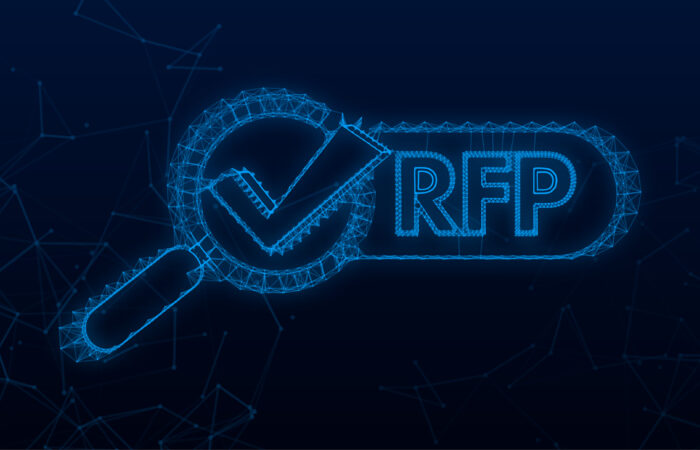Data hygiene is integral to data management, and ensuring data quality is key to any successful data-driven business. A data set can be considered bad if it contains duplicate records, missing or incorrect data points, or unstructured and inaccurate data. Even more challenging, it takes almost no time for information to become outdated. For example, when a member relocates, creates a new email address, or changes their phone number, your data instantly becomes outdated.
To begin evaluating the status of your data, perform an audit or data analysis. Data auditing involves running validation tests to compare data against known values, in addition to looking for anomalies and inconsistencies in the data set. You can also check records for completeness, integrity, and accuracy by examining fields that should contain certain data types, such as numbers or text strings. The first step in this process is to identify errors to resolve. Once you know what needs to be corrected, you can take corrective action manually or using automated tools. Learn more about tackling common data hygiene challenges.
Bounce back emails are an obvious sign that your data is inaccurate. If you’re conducting email outreach and a high number of emails are bouncing back, it’s probably time to take a closer look at your data.
Review the quantity of return-to-sender mail your organization typically receives. Many organizations still utilize monthly mailer services, and any returned or undeliverable mail is a tell-tale sign of outdated contact information within your database.
If it’s been more than a year since you last evaluated and cleaned your data, it’s probably time to revisit the process. Ideally, organizations should pursue data cleaning approximately twice a year.
Record and database size largely determines the most effective and realistic data-cleaning method. Most of the time, manual cleaning is not the ideal method for cleaning up your data. Manual cleaning may be attainable if your record size is less than 5,000 records, though it will demand a significant investment of time and preserves the potential for human error. Automated hygiene tools are becoming the way of the future and the best approach to ensure your organization operates more effectively and efficiently. Data hygiene may seem tedious and painful; however, dedicating resources to data cleaning saves time and money in the long run by ensuring accuracy and organizational success. Maintaining accurate data records will help you make better decisions, improve customer relationships, and increase overall business performance.
Still not convinced data cleaning is worth the time and investment? Uncover how much dirty data is costing your organization with the Dirty Data Cost Calculator.
After your first cleaning, the data will only get easier to maintain. You should experience significantly fewer bounce backs and return-to-sender mailings, allowing your focus to shift toward effectively reaching your organizational goals. It is still recommended your data undergo a thorough clean once or twice a year, but it will get much easier to identify issues after you perform your first clean.
Click here to watch a demo of how the Bumblebee Data integration works with Impexium. Learn more about how Bumblebee Data can transform your data and help you achieve your goals.
Bumblebee was built by a team of data enthusiasts, and Transformers fans, who knew there was a better way to help organizations have fast, easy, and affordable access to clean contact data. Our mission is to remove the burden of manual data cleanup so that organizations can focus on reaching their goals.


Are you looking to invest in your next (or first) Association Management System? Learn the 10 most common myths and the real facts behind AMS solutions.
Trade associations, professional societies, and non-profits of all sizes have transformed their businesses and exceeded member expectations with Impexium’s membership management software. Request a personalized demo today.




